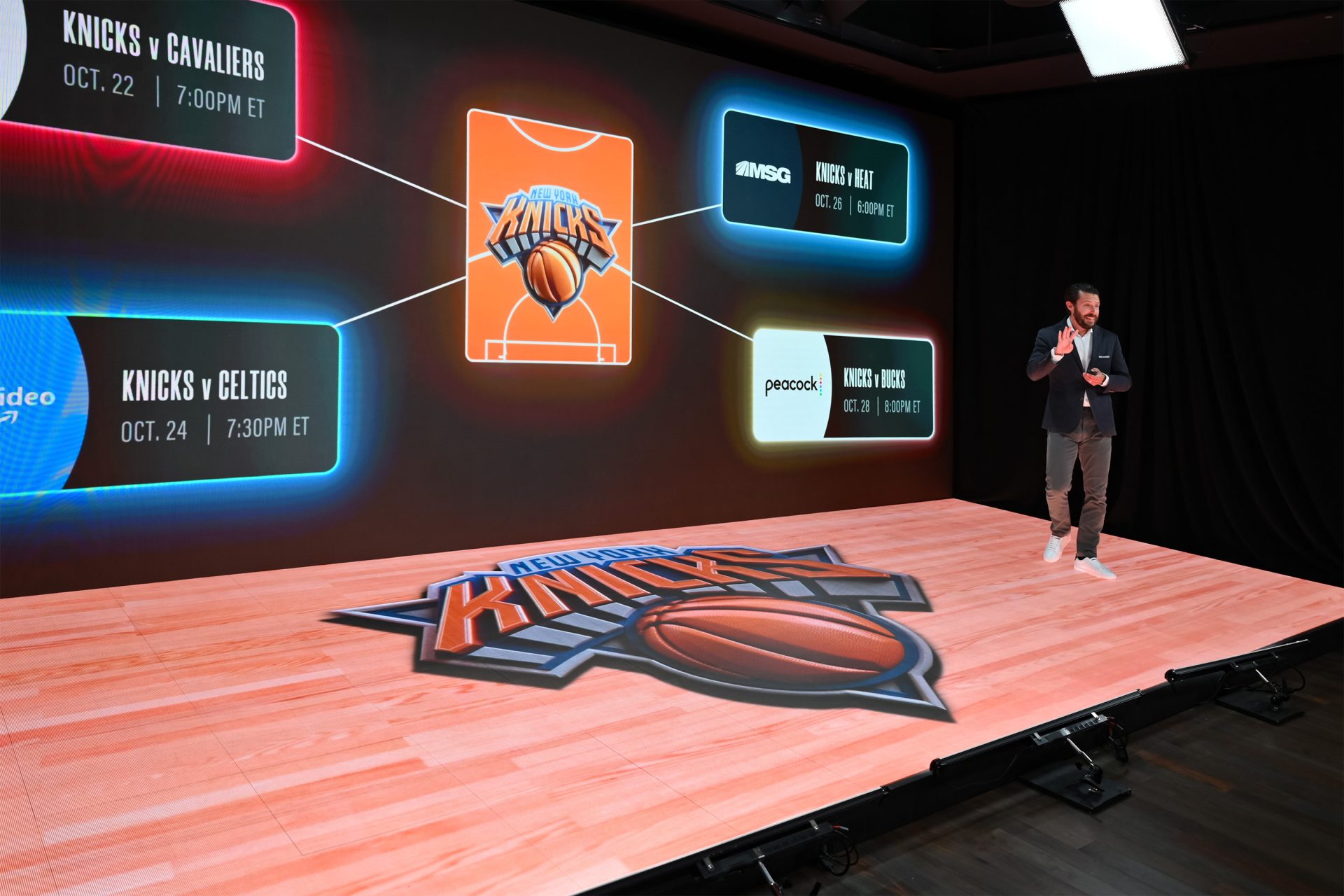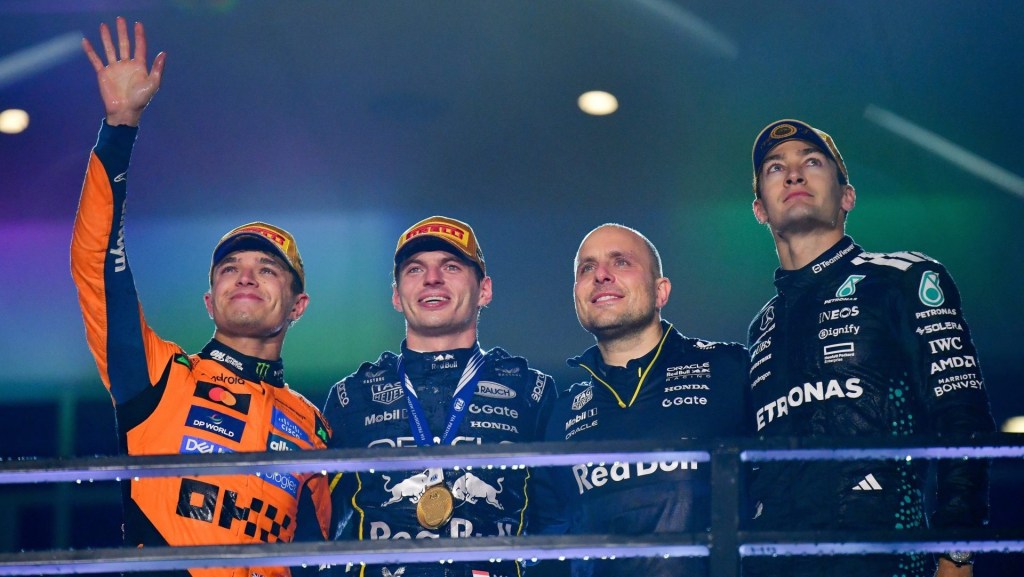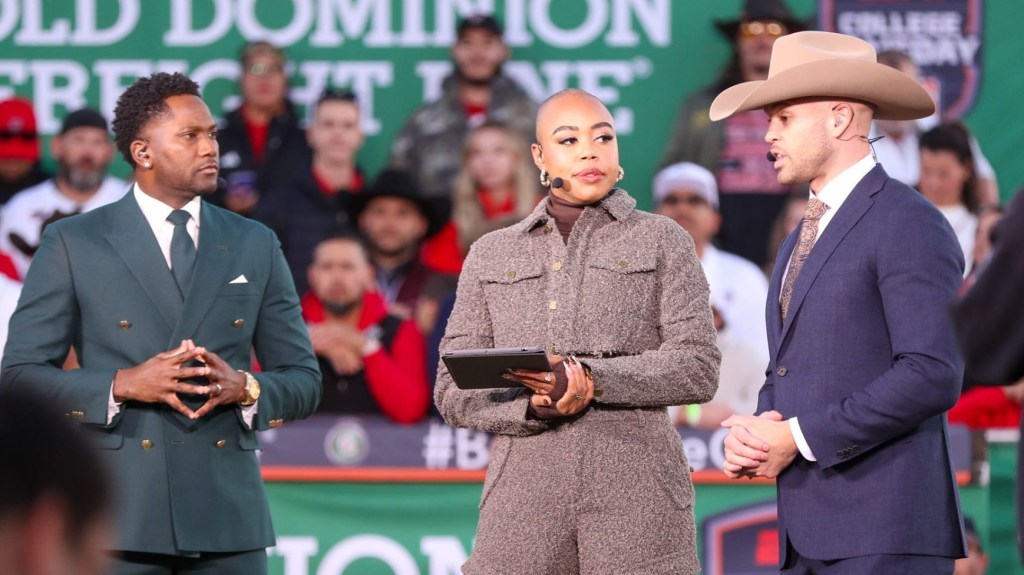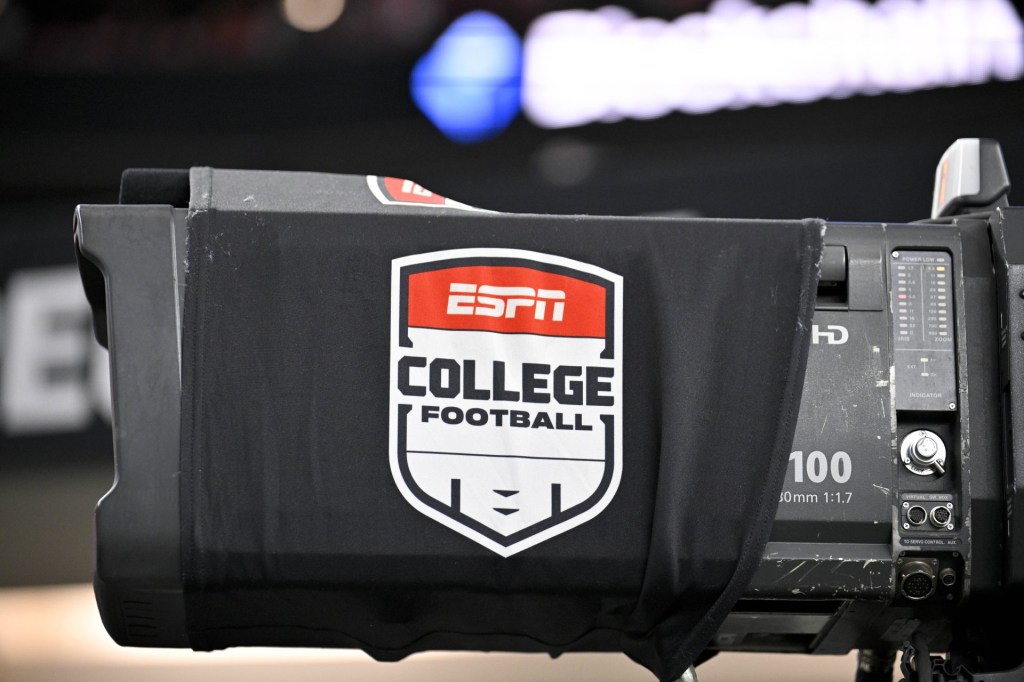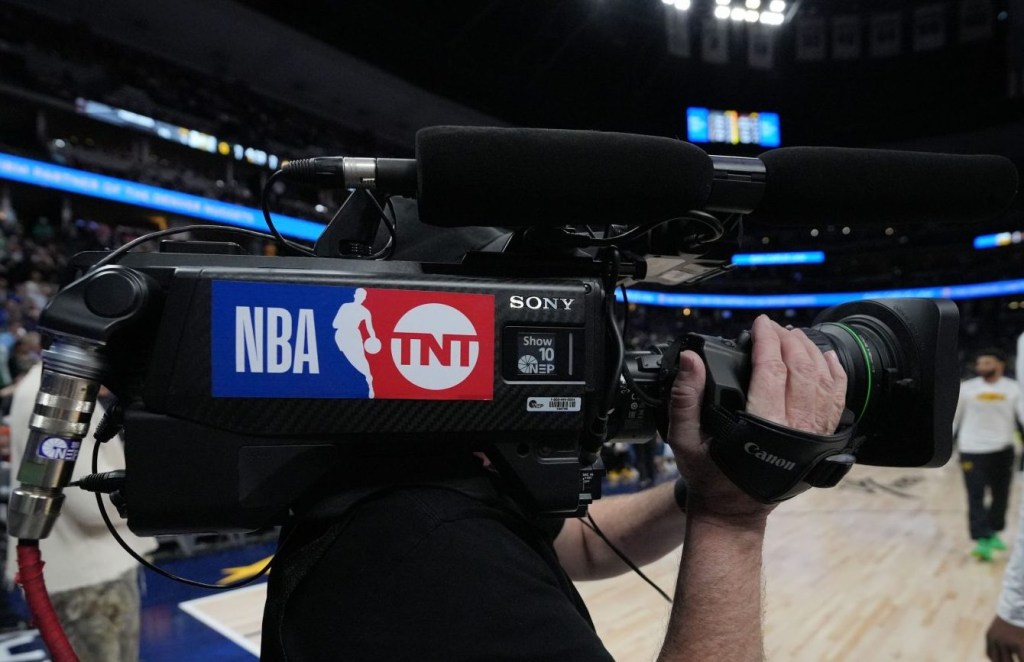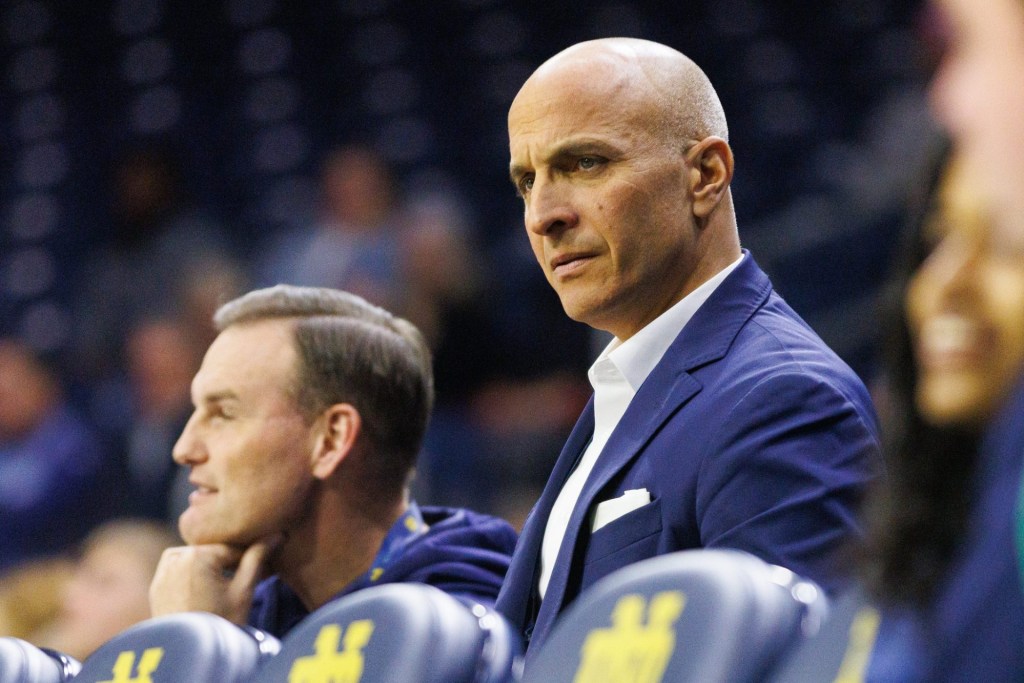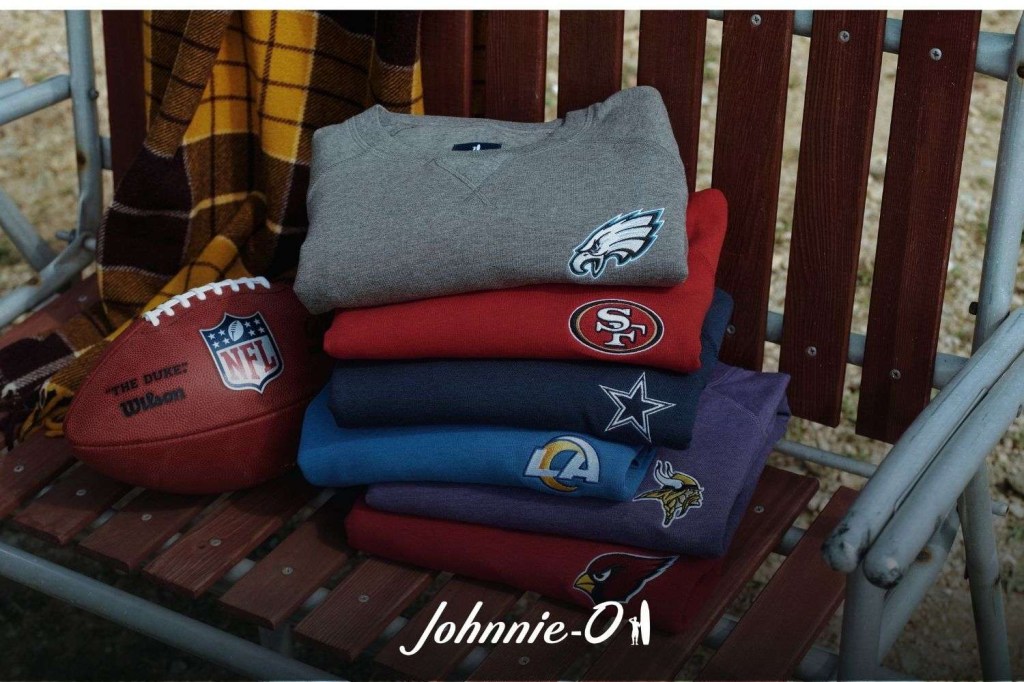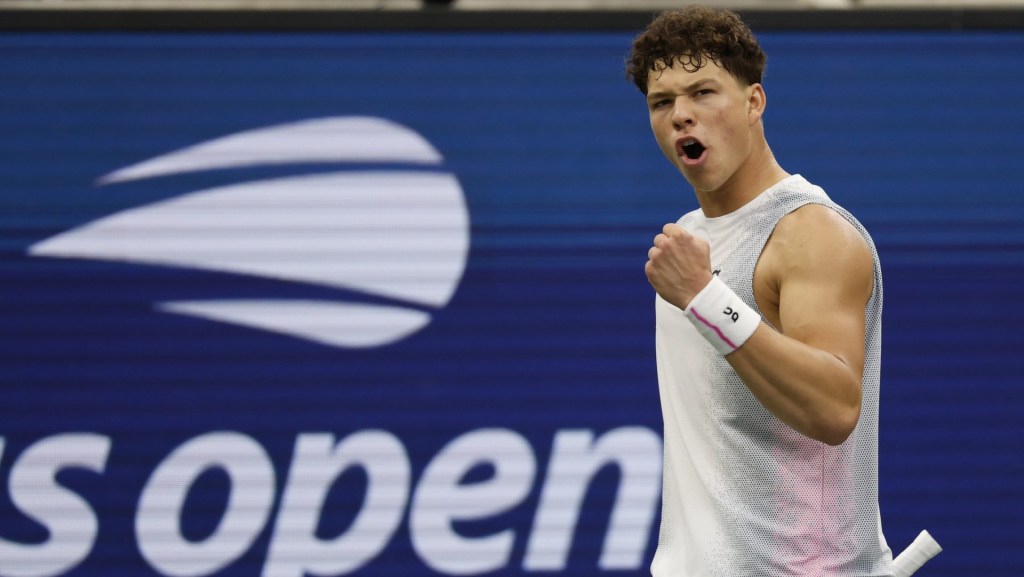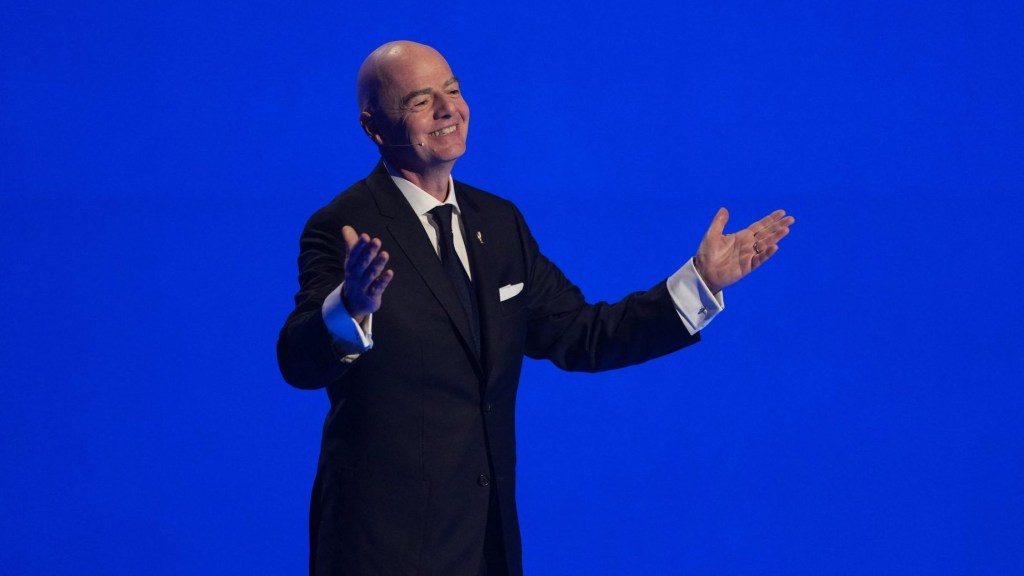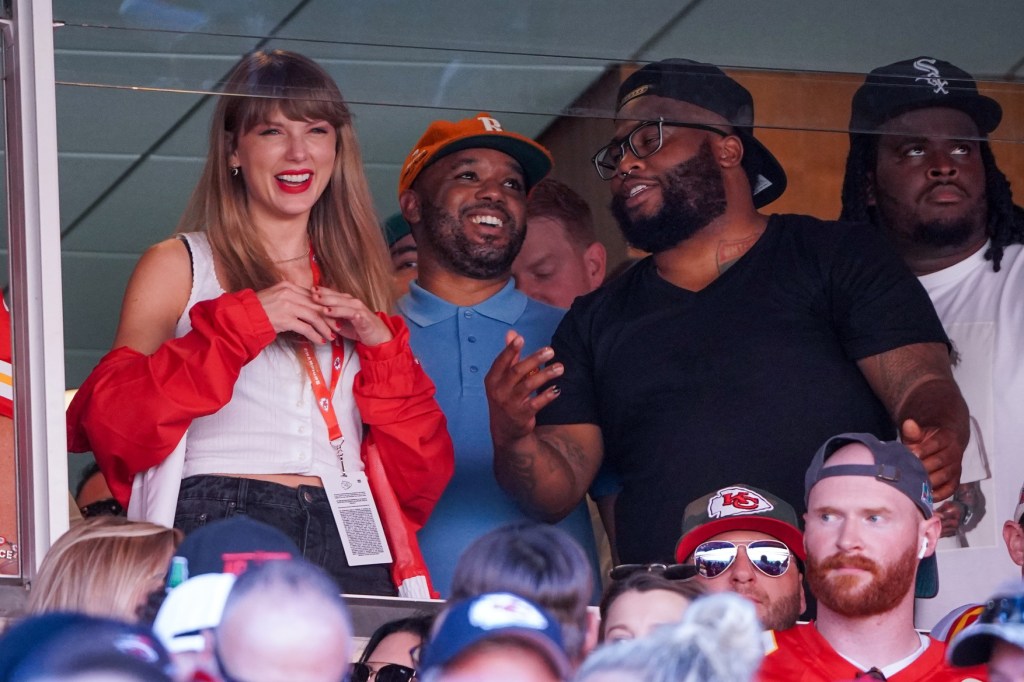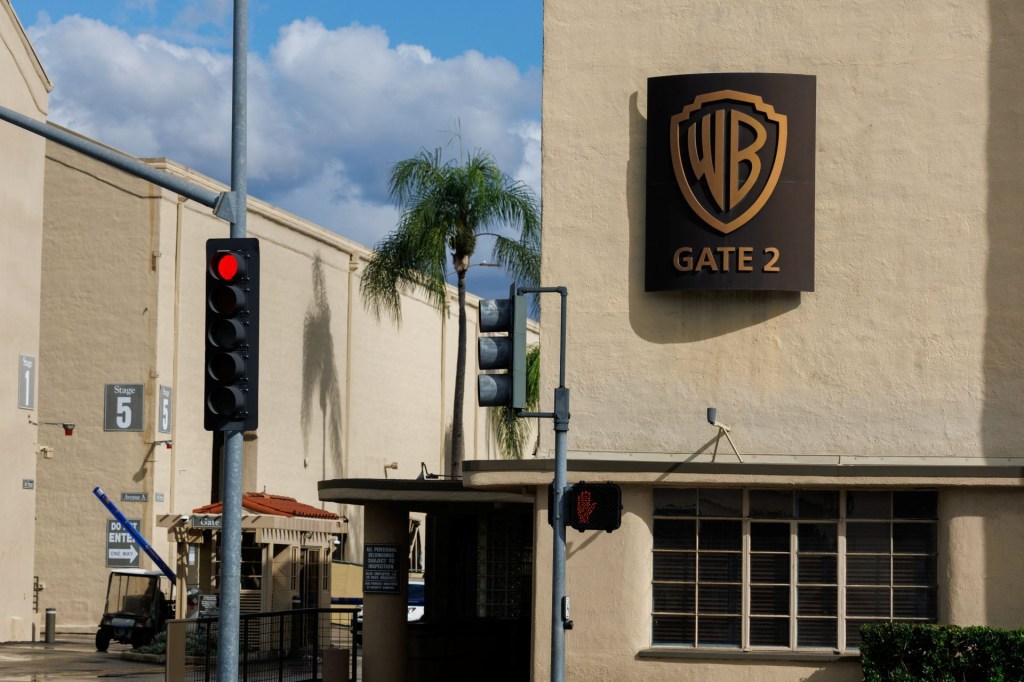Two years after a bitter carriage fight temporarily took ESPN and parent company Disney off Spectrum systems, the sports media giant is at the center of a push by the largest U.S. pay-television distributor to resolve growing disruption between linear TV and streaming.
Spectrum now includes 10 streaming services as part of its pay-TV plans at no additional cost, with others set to be added in the coming months in its “seamless entertainment” push. Other major distributors such as Comcast and DirecTV offer similar bundles, but Spectrum has sought to expand on that by introducing a new app store this week in which customers can manage, authenticate, and add on to all those streaming apps within a single platform.
The unlimited version of ESPN’s new direct-to-consumer offering, also included with major carriers such as Charter, is a core part of this. Other sports-related apps involved in the Spectrum initiative are Fox One, Peacock, Paramount+, HBO Max, and The Tennis Channel.
“We knew that we had to find something that brought real value to our consumer and utility, which we’ve achieved, or we should just focus on being a broadband company,” said Chris Winfrey, CEO of Spectrum parent company Charter Communications. “We became unencumbered to think outside the box.”
A new ad campaign featuring comedian and actor Tracy Morgan and former Knicks star John Starks leans even further in to the notion of ending divisions between linear and streaming content. The “Where’s My Knicks Game?” ad depicts a scenario in which the Spectrum voice remote is used to find a Knicks game, regardless of whether it’s on a national cable network, a regional sports network, broadcast TV, or a streaming app.
Born From Conflict
The genesis of Spectrum’s current efforts lies in a particularly fractious distribution fight two years ago in which ESPN and other Disney channels were dark on Spectrum for 11 days, a particularly busy sports period that included the end of the 2023 US Open, early-season college football, and threatened to impact the start of Monday Night Football that year.
The resolution ultimately arrived when Charter gained the right to market Disney streaming products to its subscribers and include them in its TV packages. Speaking late Thursday at a Spectrum event, ESPN chairman Jimmy Pitaro said that was a difficult concept to grasp at first.
“This was a unique idea at the time, and honestly, it wasn’t something we were contemplating,” Pitaro said. “We were going into that discussion thinking it was going to be a traditional renewal on the distribution side. So once we heard their presentation, we needed to take a step back, regroup, and reevaluate.”
Now, the Disney-Spectrum relationship is “better than ever,” Pitaro said, and the deal has served as a key template for others that have been struck since then, including a subsequent renewal between the two companies in June.
“It’s about taking friction out of the whole process for the consumer, and that’s nothing but goodness for Disney and for ESPN,” Pitaro said.
Virtual Vision
Spectrum, meanwhile, has struck a separate deal with the Lakers and Apple to show “select” live games in the 2025–26 season in the Los Angeles market through the Apple Vision Pro, and then more broadly on a replay and highlights-oriented basis.
The effort is the latest in a series of initiatives by various leagues, teams, programmers, and distributors to show live sports in immersive and virtual reality settings. While providing perspectives not otherwise available, these types of video productions have not scaled significantly, as the more isolating nature of the immersive hardware conflicts heavily with the social and communal quality inherent to watching sports.
